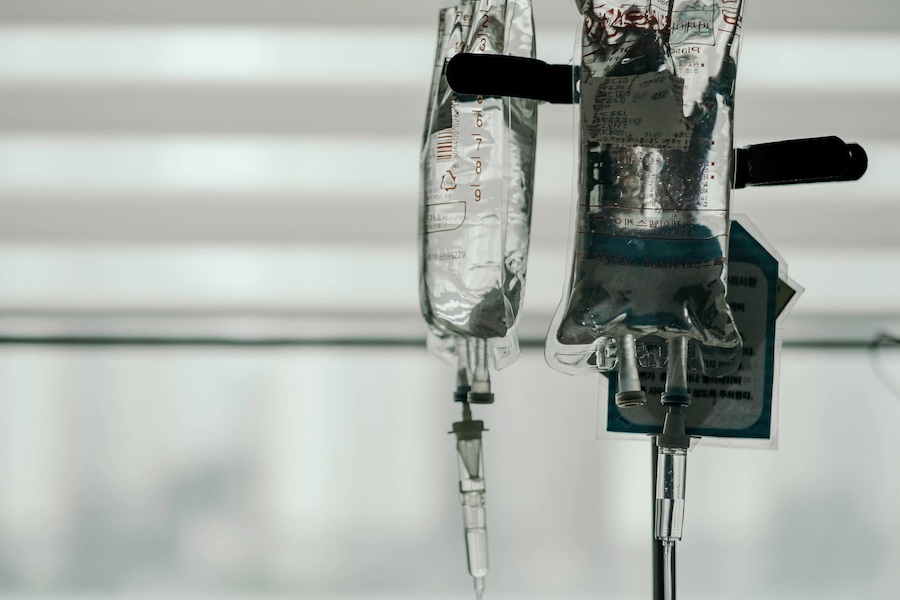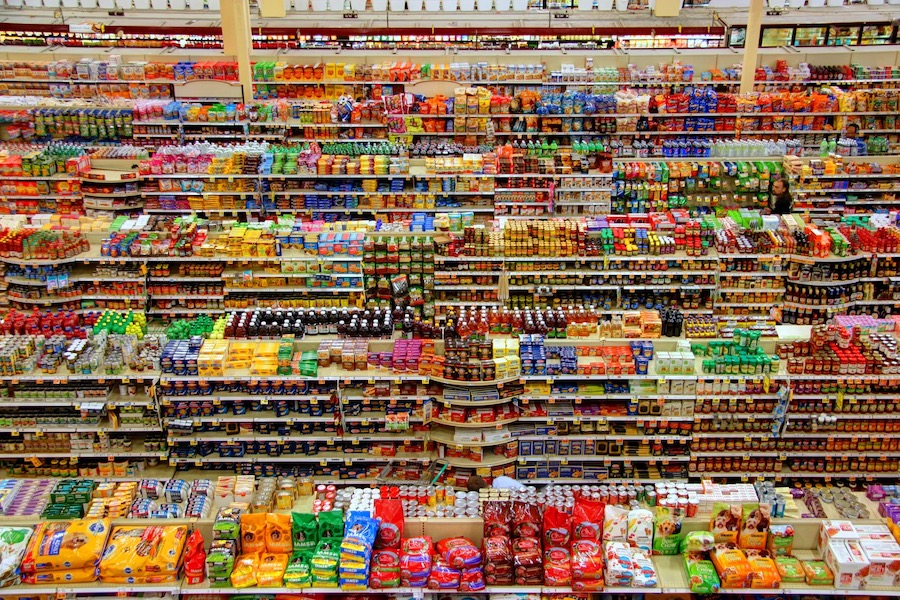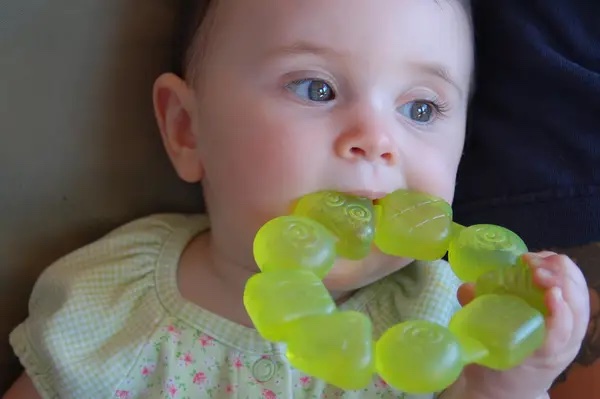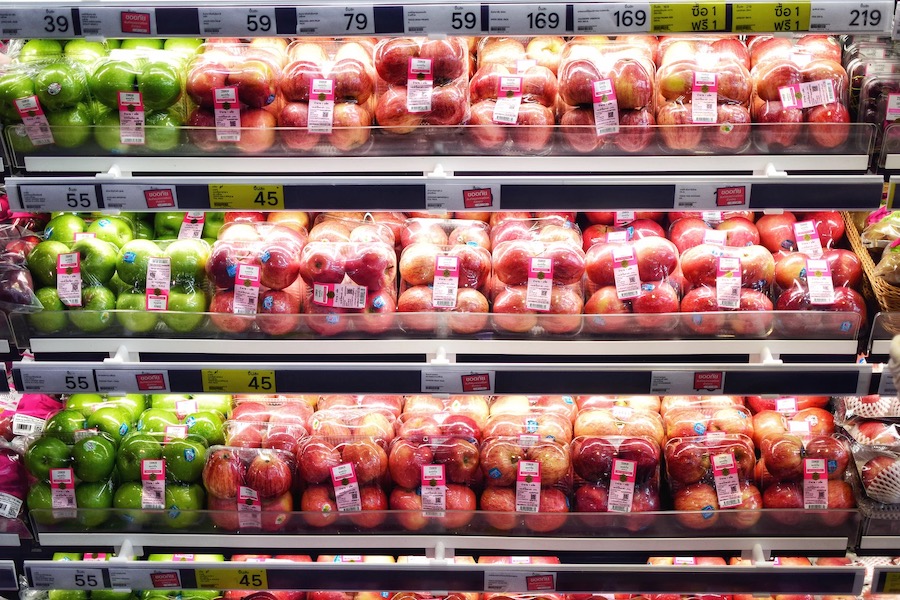Thousands of the worlds’ most notorious chemicals, found in everything from plastic water bottles and food wrapping to children’s toys, could be banned in Europe by 2030 under new EU regulation.
The European Commission published its ‘Restrictions Roadmap’ on Monday 25th April and, if implemented, it will be the largest ever regulatory removal of authorised chemicals anywhere in the world.
It covers chemicals that environmental, consumer and health groups have fought against for decades.
Among them is the Minderoo Foundation, an Australian non-profit which, through its Plastics and Human Health project, aims to eliminate the harmful effects of plastic on human health using research evidence, international collaboration and advocacy to drive changes in how plastic is made, used and managed.
The Foundation recently launched a new global study on human health and plastic pollution with the Scientific Centre of Monaco and Boston College.
“There are around 10,500 different chemicals that are added to plastic to give it the properties of flexibility, stability, UV and flame resistance, and it is these chemicals that leak out of the plastics and enter our bodies,” Sarah Dunlop, Director of Plastics and Human Health, told Monaco Life. “We know this because we have measured the level of these chemicals in blood and urine during pregnancy, in umbilical cord blood and breastmilk, in seminal fluid and urine in children and adults… these chemicals are there, the public just don’t know anything about it.”
Studies show that some 700 industrial chemicals are found in humans today that were not present in our grandparents, more than half of which are known or suspected causes of cancer.
“There has been this touching faith that plastic was inert, that it didn’t change or leak chemicals, and there was no testing to prove otherwise,” said Dunlop. “The problem is that the companies that produce this plastic are not paying the cost, we are paying the cost. The health system and the environment are now paying the cost.”

The EU roadmap is a political commitment to use existing laws to ban toxic substances including all flame retardants and bisphenols – chemicals that are widely used in plastics but are frequently linked to cancer and are proven to disrupt human hormones.
It will also ban all forms of PVC, the least recyclable plastic on the planet and the fourth most common type of plastic in Europe. It is used in everything from children’s toys and food packaging, to shoes, furniture and building materials. It also contains large amounts of toxic additives.
In addition, the roadmap restricts all PFAS, found in a wide variety of consumer items, from takeaway packaging to dental floss. These are known as ‘forever chemicals’ because they accumulate in humans, animals and the environment, including drinking water, and they are virtually impossible to remove.
Around 2,000 harmful chemicals found in baby products also make the list, chemicals that are widely used in things like nappies, pacifiers and teething toys.
“Almost every manufactured product in shops and in our homes will be impacted,” European Environment Bureau (EEB) Chemicals Policy Manager Tatiana Santos said. “What the EU is planning is the boldest ‘detox’ we have ever seen. Petro-chemical industry lobbyists are shocked at what is now on the table.”

Stemming the tide of chemical production
Around 200,000 chemicals are currently used in Europe, three quarters of which are proven to be hazardous to our health.
While the EU has some of the world’s strictest chemical controls, “in reality they are failing to control the rising tide of chemical production and pollution”, says the EEB, with the industry creating a new chemical every 1.4 seconds, on average.
The exciting aspect of this plan, say experts, is that it will restrict large groups of some of the most hazardous chemicals still in use. By grouping the substances together, the EU is able to regulate thousands of chemical compounds at the one time.
“Regulatory actions that deal with entire classes of chemicals are much needed and long overdue,” Professor Philip J. Landrigan, Member of the Human Health Unit at the Monaco Scientific Centre, tells Monaco Life. “The current approach which examines one chemical at a time is slow, cumbersome and not effective at protecting public health.”
“It also allows ‘regrettable substitution’ in which another member of a chemical class is introduced to the market to replace a chemical of the same class that has been banned,” adds Professor Landrigan, who is also Director of the Global Observatory on Pollution and Health at Boston College. “Examples are seen in the organophosphate insecticide family and in the substitution of bisphenol S for bisphenol A.”
The EEB estimates that between 5,000 and 7,000 substances could ultimately fall within the scope of the new proposal, making it the largest ever ban of toxic chemicals.
According to research paid for by the European chemical industry body CEFIC, the number is closer to 12,000 chemicals, which can be found in 74% of all consumer and professional products.
In other words, the chemical industry – while outlining the impact of these bans on the sector – has itself acknowledged that millions of varieties of consumer products on the shelves throughout Europe today have the potential to cause serious health and environmental harm.
Why has it taken this long?
The European chemical industry is worth €534 billion a year, making it the fourth largest industry in the EU, and it has major lobbying power.
Early drafts of this plan prompted large protests among the industry, and these companies are expected to try to water down the roadmap, as they have done in the past.
Member states and the European Commission will now examine each proposed ban in detail and while some chemicals on the roadmap list were already facing EU restrictions, most are new. Once approved, the ban could take months or years to come into force, and will likely be around the year 2030, predicts the EEB.
That’s too long for health professionals like Professor Landrigan.
“This is unnecessarily slow. Millions of people, including millions of Europe’s children, will be exposed to potentially dangerous chemicals during this long run-in period,” he says. “As a paediatrician and public health physician, I would have preferred a run-in time of no more than two to three years.”

The Restrictions Roadmap is part of the European Green Deal announced in December 2019 and the zero-pollution ambition for a toxic-free environment. Experts all agree that it is a major step in the right direction.
“What Von der Leyen’s Commission has announced today opens a new chapter in facing down the growing threat from harmful chemicals. This ‘great detox’ promises to improve the safety of almost all manufactured products and rapidly lower the chemical intensity of our schools, homes and workplaces. It is high time for the EU to turn words into real and urgent action,” said the EEB’s Tatiana Santos.
By banning groups of the most harmful chemicals in consumer products, companies will be forced to move away from controlling harmful chemicals to avoiding their production all together.
“We urgently need different materials,” adds the Minderoo Foundation’s Sarah Dunlop. “The protocol that banned CFCs and therefore mended the hole in the ozone layer partly came about because scientists discovered different alternatives. We need to do that with plastics.”
The need for effective monitoring
A lack of regulation means that, for years, companies have been allowed to share very limited information on the hazardous nature of their products with officials. According to German investigators, most substances on the market break safety rules. Meanwhile, the level of non-compliance just keeps rising, says the European Chemicals Agency, with around 93% of chemicals on the market currently lacking critical information about their potential hazards.
The Minderoo Foundation therefore is pushing for the establishment of a scientific committee, similar to the IPCC (Intergovernmental Panel on Climate Change), made up of health professionals, scientists and policy experts, to study the data on the risks of chemicals to human health and that of the planet; a group that has the ability to effect change in public opinion and government policy, just as the IPCC has done with regards to the climate crisis.
The Foundation is currently putting together its global study on human health and plastic pollution, launched during this year’s Monaco Ocean Week, and expects to present the report with the Scientific Centre of Monaco during the 2024 event.
SEE ALSO:
Lethal combination: warming seas and plastics
Monaco part of landmark anti plastic pollution resolution
New bans on plastic products in zero-waste policy
